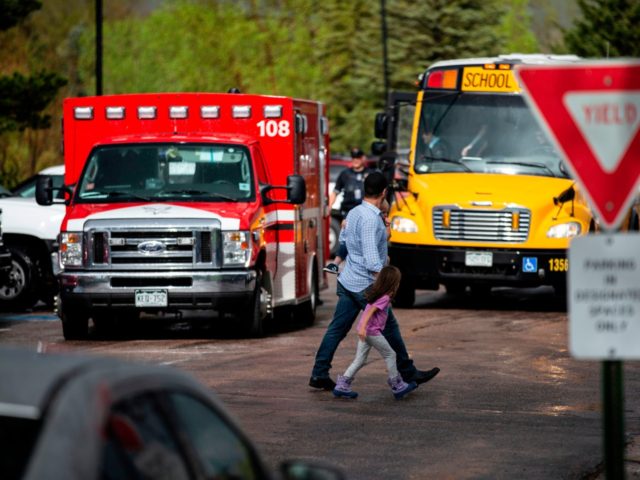Federal data released Thursday show serious incidents of violence in the nation’s public schools are on the rise at the same time more schools are employing Obama-era “restorative justice” disciplinary policies and nearly all schools are touting “social emotional learning” (SEL) practices.
A report released by the National Center for Education Statistics (NCES), an arm of the U.S. Education Department (USED), used data from a sample of 4,803 public schools that participated in the 2017-2018 School Survey on Crime and Safety.
Data show that during the 2017-2018 academic year, an estimated 962,300 violent incidents occurred in U.S. public schools, with 71 percent of schools reporting at least one violent incident.
Of the schools in the sample, 66 percent reported at least one physical attack or fight without a weapon, with three percent reporting a similar attack with a weapon.
In school year 2015-2016, about 39 percent of schools reported at least one student threat of physical attack without a weapon, compared with nine percent involving a weapon.
During the last academic year, data show an estimated 3,600 incidents in schools across the country involving a firearm or explosive device.
Among public schools with at least 50 percent minority enrollment, 50 percent reported involving students in restorative justice circles.
“Lower percentages of schools with less than 5 percent, 5–20 percent, and 20–50 percent minority enrollment reported involving students in restorative circles (28, 35, and 38 percent, respectively),” NCES states.
Of the public school participants in the survey, about 46 percent reported employing a School Resource Officer (SRO) at least once per week.
Additionally, 79 percent of schools with 1,000 or more students had at least one sworn law enforcement officer who carried a firearm, compared with 52 percent of schools with 500–999 students; 36 percent of schools with 300–499 students; and 34 percent of schools with less than 300 students.
When asked about factors limiting their efforts to reduce or prevent crime in schools, respondents’ three top factors were: inadequate funds (36 percent); a lack of alternative placements or programs for disruptive students (34 percent); and federal, state, or district policies on disciplining special education students (19 percent).

COMMENTS
Please let us know if you're having issues with commenting.